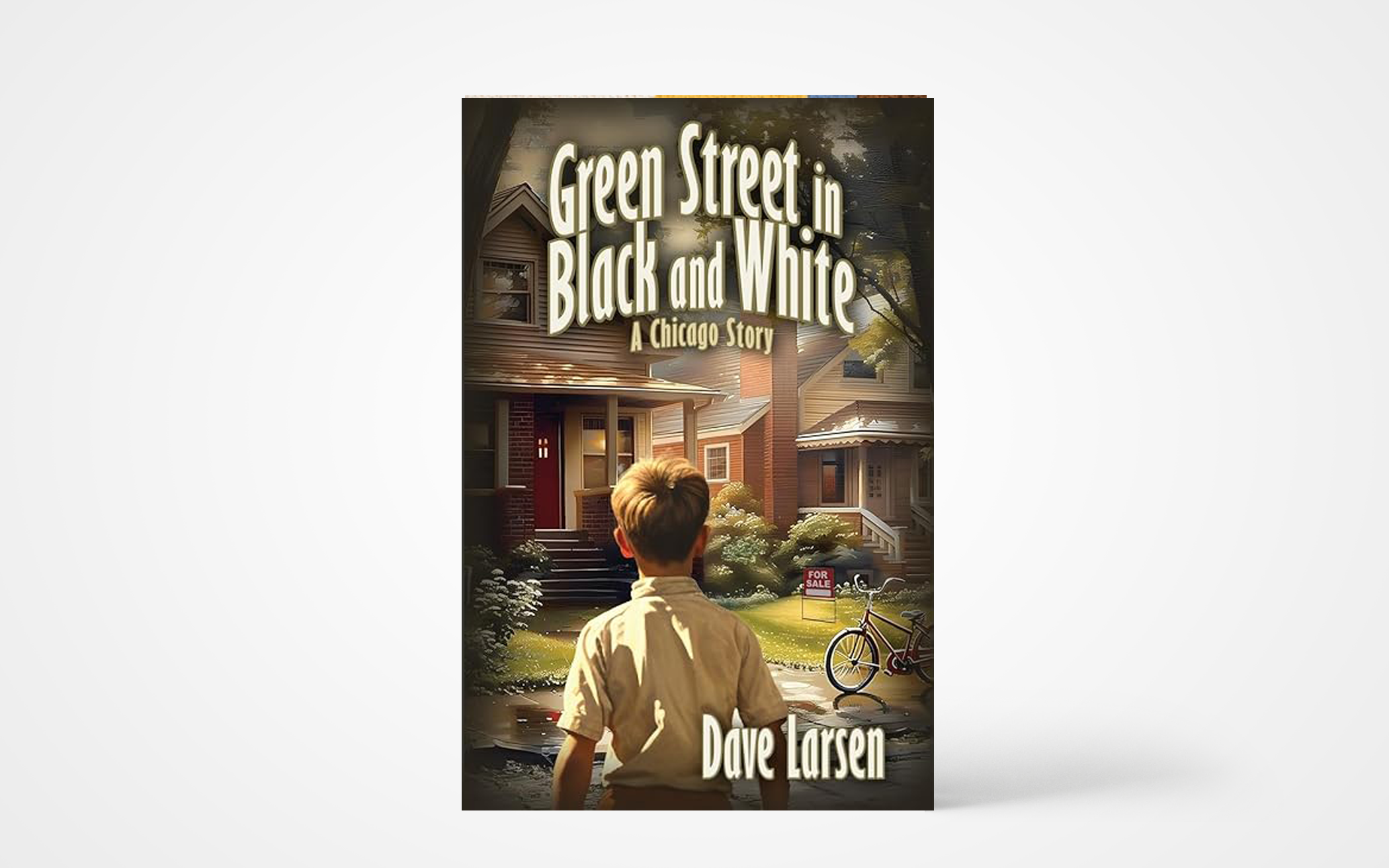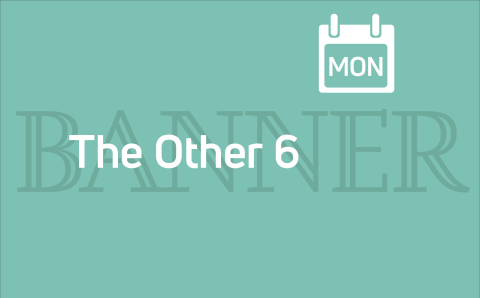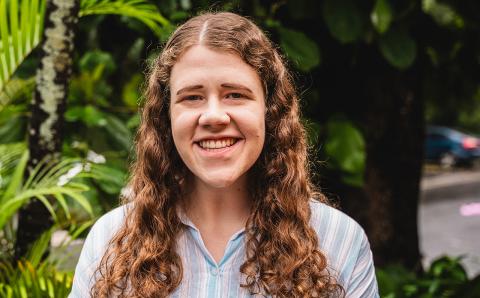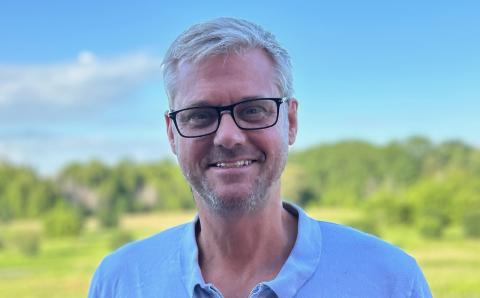Green Street in Black and White, by Dave Larsen, sketches an all-too-familiar history about more than one Christian Reformed community in Chicago and beyond during the 1960s. Larsen’s remarkable debut novel compactly narrates the backstory of Englewood, a community and CRC enclave on Chicago’s South Side, even as it tells painful truths.
I grew up four miles south of Englewood, and I still hear echoes of Englewood’s responses to racial changes, changes that drive the engine of this novel.
In these pages, four “Green Street” boys—Erik, Pete, Frank, and Eddie—carry the plot as they roam the ’hood. The historic isolation of their white ethnic and religious enclave sheltered them from the real world, but their parents’ anxiety and anger surge after a mugging and the murder of milkman Fred De Vries. Magnus and Fenna Pederson nervously visit the first Black family on Green Street, Rev. Willowby and Sheila Jackson. Carl Bensema wishes Pastor Willowby dead as he berates Magnus, which shakes these long-time neighbors’ friendships.
Larsen describes actual and fictional events as the neighbourhood changes. Michael Schaap, missionary to Nigeria, and his Nigerian wife and children live in Englewood while “on furlough.” The children feel unsafe attending the Christian school. Rev. Wolthuis’s sermon twists the Exodus story into a call for CRC people to leave Englewood. Schaap stands up and demurs: “This congregation sponsors missions in Africa, but you’re fleeing African Americans next door.” The consistory soon entertains a motion to pull support for the Schaaps.
In reality, many Christian Reformed people from Englewood moved to Roseland hoping to find “safety.” But by 1969, Roseland was on the move like Englewood. My family moved to Oak Forest in June 1969. All four original Christian Reformed churches headed to the suburbs between 1967 and 1969, though integrated Pullman CRC sturdily remains.
Larsen’s Christian Reformed characters are not bad people. But the Reformed gospel they’d learned hadn’t prepared them to live with strangers whom they feared before even meeting them. The Rev. Willowby Jackson and his wife boldly search for stability, while Magnus and Fenna Pederson naively misgauge the fears of staying. They’re ill-equipped to face storms of ethnic and racial upset. Everybody suffers. Martin Luther King Jr.’s dream of “the arc of history bending toward justice” suffered in many places in those years.
Green Street attempts to dissect those malevolent powers. I highly recommend this novel for book clubs that want to be challenged. Some readers will feel misrepresented. Others will somberly nod their heads. Those who don’t remember American cities’ racial storms will learn the sad results of intentional social and spiritual isolation. I hope readers will reflect on Green Street and the mistakes of the past so we can compassionately and humbly serve those who look different from us in our present day. (Reformed Journal Books)
About the Author
Retired pastor James Dekker, from St. Catharines on Lake Ontario, has lived in the Great Lakes Watershed most of his life, seeing its earlier worrisome pollution gradually cleaned up from efforts of growing numbers of environmental action groups.









